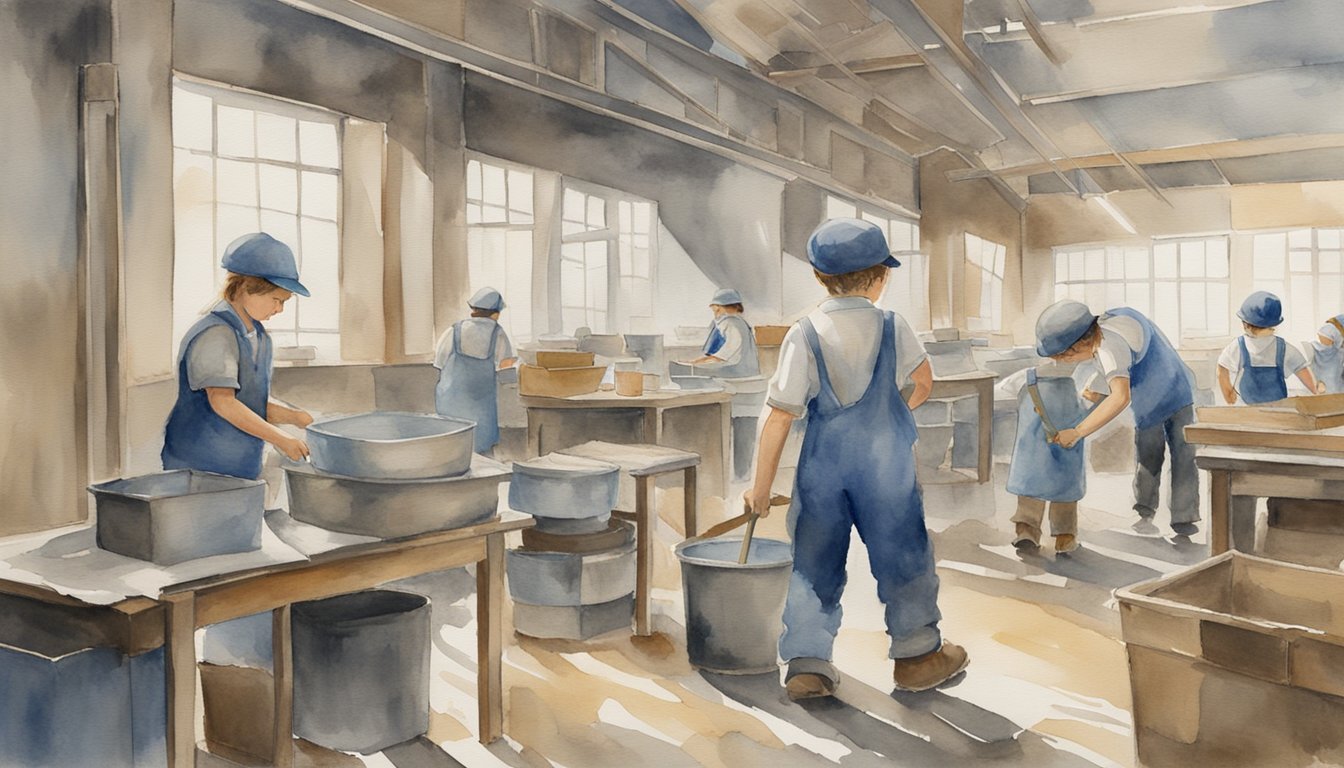Overview of US Child Labor Laws

History of Child Labor Legislation
In the early days of the United States, child labor was common, with children often working long hours in factories, mines, and agricultural fields. By the late 19th and early 20th centuries, public concern grew about the social, economic, and educational impacts of child labor. The National Child Labor Committee was formed in 1904 and pushed for stricter child labor laws. Various states enacted legislation to limit and regulate child labor, but reforms were often insufficient and inconsistent across states.
Fair Labor Standards Act (FLSA) and Child Labor
A significant milestone in US child labor laws came with the passage of the Fair Labor Standards Act (FLSA) in 1938. The FLSA established a federal framework for child labor regulations, setting minimum age requirements, restrictions on working hours, and other protections. This law was a result of efforts by reform movements and political leaders to curb child labor abuses and safeguard children’s wellbeing.
| FLSA Minimum Age | Non-Agricultural Work | Agricultural Work |
|---|---|---|
| 14 years | Limited work hours | Allowed |
| 16 years | Unrestricted hours | Allowed |
Federal and State Labor Law Distinctions
While the FLSA set federal standards for child labor, state laws also play a role in regulating child labor. In cases where state laws differ from federal laws, the more restrictive law takes precedence. For example, if a state sets a higher minimum working age than the federal law, the higher state age requirement must be followed.
Education and Child Labor
One key aspect of child labor laws in the United States is the relationship between work and education. The FLSA and many state laws aim to balance the need for young people to gain educational opportunities with the need for them to contribute to their families and the economy. As a result, child labor legislation frequently includes provisions that limit work hours during the school year or set specific work hours to avoid interfering with schooling. This focus on education ensures that young workers have the chance to develop skills and knowledge for their future careers while still permitting some form of employment.
Child Labor Regulations and Enforcement
Employment Standards for Minors
In the United States, child labor laws, including the Fair Labor Standards Act (FLSA), provide strict guidelines regarding the employment of minors to protect their safety and well-being. These laws establish a minimum wage and limit the hours a minor can work. Depending on the type of job, different standards apply and vary from state to state. For example, some states require work permits for minors, while others have specific restrictions on working hours in certain industries, such as restaurants or mines.
Hazardous Occupations and Protections
Under the FLSA, there are strict regulations in place to prevent minors from working in hazardous occupations that pose significant risks to their health and safety. For example, children under 18 are generally not allowed to work in construction, mining, or manufacturing industries, and those under 16 cannot be employed in agricultural occupations that involve the use of pesticides. The goal of these regulations is to reduce the number of workplace injuries and fatalities among young workers.
Wage and Hour Division (WHD) Compliance
The Wage and Hour Division (WHD) of the U. S. Department of Labor is responsible for enforcing federal child labor laws. Entities found to be in violation of these laws can face significant fines and penalties. In Fiscal Year 2023, the WHD investigated 955 child labor violations, which led to an assessment of more than $8 million in penalties, illustrating the government’s commitment to ensuring that employers comply with child labor regulations and protect young workers. These enforcement actions highlight the importance of businesses understanding and adhering to labor laws to avoid severe consequences. As industries evolve, including those involving advanced technology like semiconductor manufacturing, it is crucial for employers to prioritize compliance. For instance, companies involved in producing electronics must ensure that young workers are not exposed to hazardous conditions, just as they must understand industry-specific concepts such as what is a semiconductor chip and its role in modern devices.
Youth Employment and Social Impact
Child labor laws have a significant social impact as they ensure that young workers have a safe and healthy workplace while also protecting their educational opportunities. By restricting the hours minors can work and prohibiting potentially dangerous jobs, these laws aim to reduce exploitation, poverty, and discrimination in the workforce. Furthermore, these regulations help to promote a level playing field for all workers, preventing employers from relying on cheap, underage labor to undercut competitors.
Historically, the United States has made significant progress in improving working conditions and reducing child labor. For example, during the Industrial Revolution, it was common for children to work long hours in factories, mines, and mills, often in dangerous and unsanitary conditions. The gradual implementation of child labor laws, driven by efforts from activists, social reformers, and labor union leaders, has led to a greater focus on protecting young workers and ensuring they have the opportunity to grow, learn, and develop skills necessary for a prosperous future.

